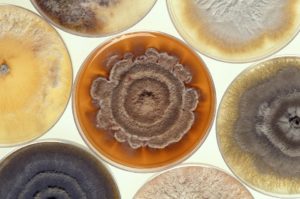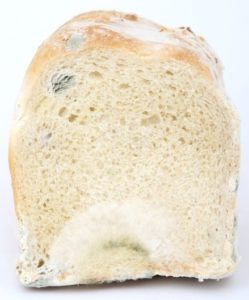Portland, OR – Keep Safe From Hazards of Mold | Call Mold Remediation Services
Posted in: Industry News

Are you taking moisture lightly? Unaddressed standing water can result in dangerous mold hazards.
Mold can grow on walls, books, clothes, furniture, toys, and anything where moisture and organic matter come together. Mold invasion is not just damaging to affected surfaces but may also adversely impact the health of anyone around.
In this guide, you’ll learn about mold hazards but before that, let’s find out what exactly is mold:
What is Mold?
Mold is a form of fungus that grows indoors and outdoors. According to CDC experts, there might be more than 300,000 different types of mold. Some common mold types found indoors include Alternaria, Cladosporium, Aspergillus, and Penicillium.
In the earliest stages, mold might not be visible but eventually, it may appear as a stain or discoloration on the surface. It spreads by releasing mold spores that float around in the air. When these spores land on a damp surface, they begin to grow. They spread further by digesting the material they’re growing on, such as wood, paper, fabric, glass, plastic.
Depending on the type of mold and the platform it’s growing on, it can be white, yellow, green, black, or blue in color, and have a rough, velvety, or fuzzy appearance.
Now that you know what mold is, it’s time to go through mold health risks:
Health Effects of Mold
According to the Rhode Island Department of Health, exposure to mold spores can cause allergies and symptoms, such as a runny nose, itching, wheezing, headaches, fatigue, watery eyes, sneezing, coughing, etc. Constant exposure can worsen an individual’s sensitivity, putting them under the risk of more severe allergic reactions.
Mold invasion is a bigger issue indoors because it pollutes indoor air quality. Under certain conditions, some mold types, such as Aspergillus and Stachybotrys, produce mycotoxins. Mycotoxins are dangerous toxins that have been linked to more serious illnesses.
Mold is also known to trigger bacteria and microbe production. According to the World Health Organization (WHO), exposure to these agents can trigger an inflammatory response in some people as well as make them vulnerable to fungal and bronchial infections.
Based on pieces of evidence, the mold-related microbial agents have been linked to bronchitis, chronic rhinosinusitis, lower respiratory tract issues, hypersensitivity pneumonitis, allergic alveolitis, and allergic fungal sinusitis.
The likelihood of contracting mold-related health problems and the severity of issues depend on two main factors. One is the extent of mold invasion or amount of mold, and the other is the respiratory and immunity of the person.
How to Keep Your Family Safe
To prevent mold from growing indoors, you must ensure that your home is clean and well-ventilated. As advised by the Environmental Protection Agency (EPA), aim for a humidity level of below 60%. Keeping windows open when possible, installing exhaust fans, and using dehumidifiers should help keep the indoor space dry and allow for good air circulation.
However, if you already suspect mold in your home or office, get the area professionally remediated as soon as possible.
Return to: Portland, OR – Keep Safe From Hazards of Mold | Call Mold Remediation Services
Social Web